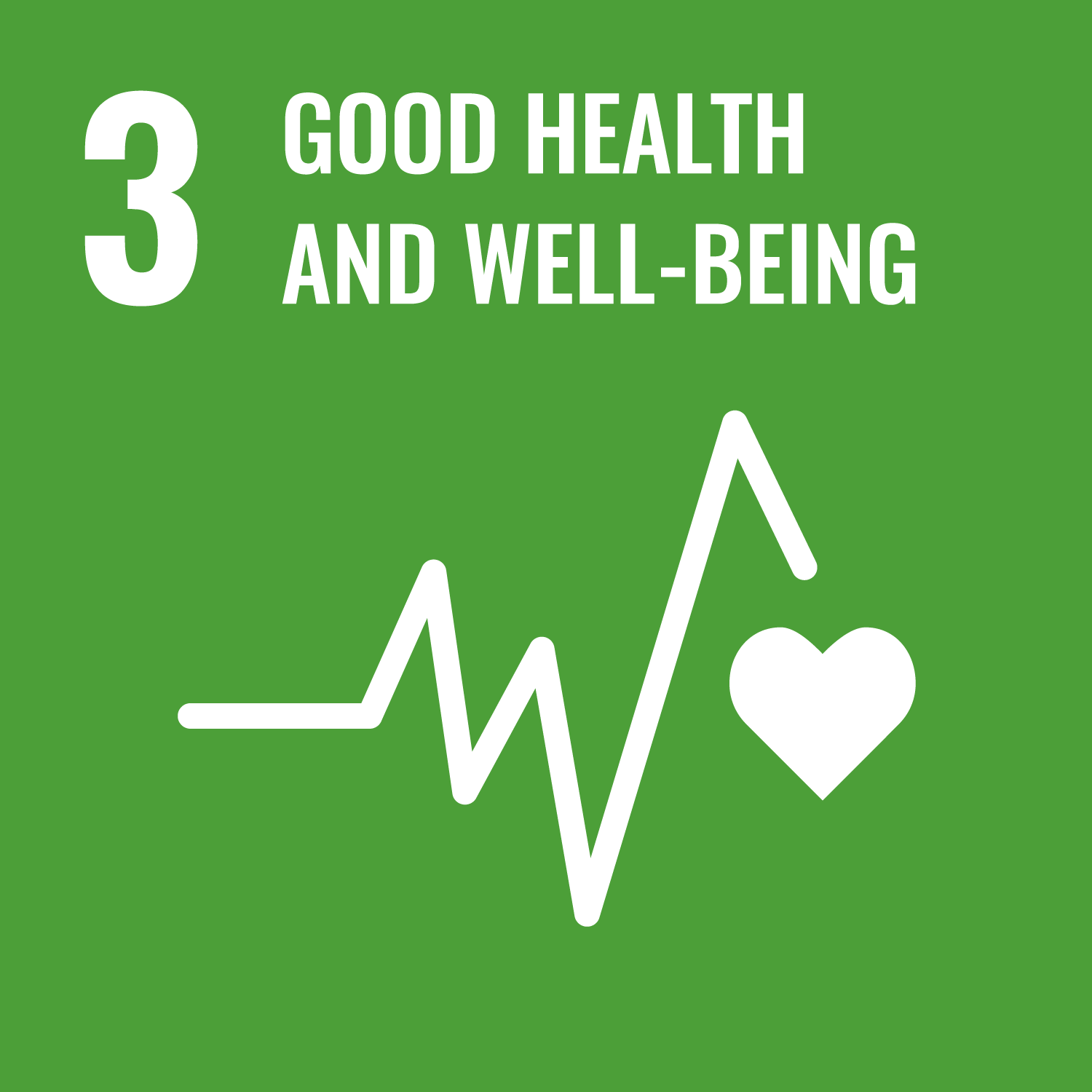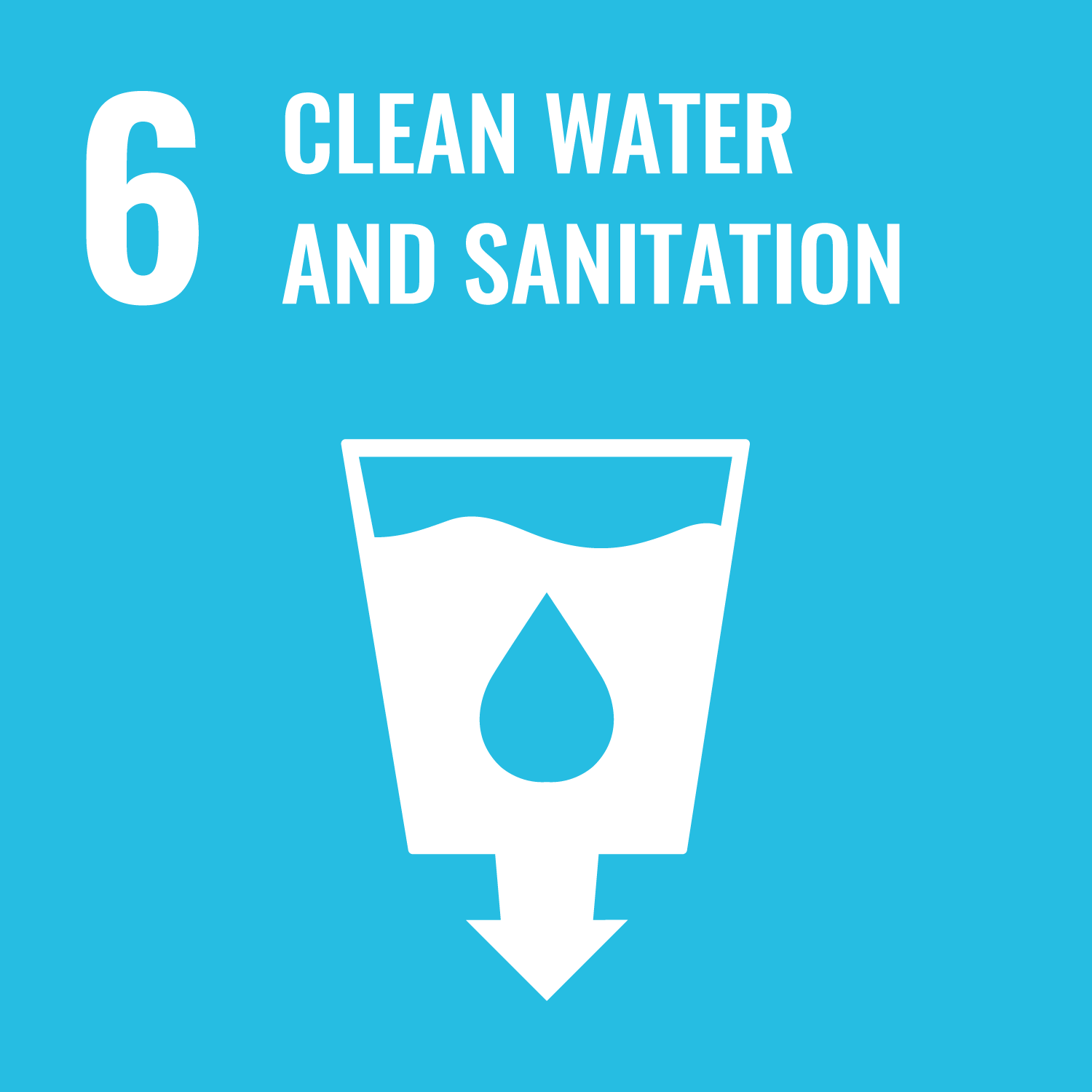More than Neighbours



Social Challenge and Innovative Solution
By 2050, two thirds of world’s population will live in cities, according to the UN. Creating a sustainable urban life for all is one of the biggest challenges that our century faces. Mass migration and global population’s growth are the two main causes of the fast and uncontrolled development of extra-large cities, where an increasing number of people live in slums.
This trend is outstripping the capacity of most cities to provide basic services for its citizens. Lack of access to water and sanitation facilities, hazardous shelters, dangerous environments, lack of adequate space and pollution are just some of the myriad problems affecting the daily life of slum dwellers.
The French social purpose organisation (SPO) Eau et Vie strives to improve the living conditions of the most disadvantaged populations living in precarious neighbourhoods. It has created an innovative model that couples the creation of social enterprises managed by local communities with the creation of non-profit organisations (NGOs) to provide access to drinking water, sanitation, hygiene, waste management and firefighting in slums.

Social enterprises : in collaboration with local communities and authorities, Eau et Vie creates local enterprises that build individual connections to the water network in precarious neighbourhoods, where local operators do not want to invest, and distribute water to each house, ensuring all associated services (billing, collection of payments and infrastructure maintenance). Public places are also connected to the service. Beside the provision of vital facilities, this system also creates jobs for local communities.
Non-profit organisations (NGOs): in parallel with the creation of social enterprises, Eau et Vie also sets up local NGOs responsible for implementing new services, such as hygiene training in schools and among the local population. Crucially, these associations empower local communities with firefighting training and help them create volunteering firefighting brigades. Often underestimated, fires are a major and frequent problem that causes over 130,000 deaths (source: reliefweb) per year globally, with particularly dramatic consequences for slums’ inhabitants. Finally, these associations also support the organisation of waste collection systems. While local enterprises create water networks and sanitation facilities, local NGOs help to drive a cultural shift and empower communities with the necessary tools to become agents of change in their society.
Community mobilisation is a key feature of Eau et Vie’s model that ensure its long-term sustainability and makes it stand out from other Water, Sanitation and Hygiene programmes. Beneficiaries are truly involved in a variety of key decision-making points, from the design of the services, their tariffs and demarcation areas.
For a period of approximately 10-15 years, the two entities work closely together in the intervention areas to implement the services. At the end of that period, this holistic system for the management of water, sanitation, hygiene, firefighting and waste collection can potentially be taken over by local authorities or operators.
Since 2008, Eau et Vie has been implementing this model in Bangladesh and the Philippines. More recently, Eau et Vie has been piloting new projects in Ivory Coast, Bulgaria and France.
KEY SOCIAL IMPACT FIGURES
Overall social impact of Eau et Vie (2008-2018) for all the countries
Investing for Impact
The Trafigura Foundation has been backing Eau et Vie’s journey since 2010 using the venture philanthropy approach and its three core principles: tailored financing, non-financial support and impact measurement and management.
Financial support provided
The almost decade-long partnership started with a mixed financial support composed of loans disbursement and grant-making contracts for the investee’s projects in the Philippines and Bangladesh (2010-2014 for Philippines, 2012-2014 for Bangladesh, both renewed in 2015 up to 2017 for the Philippines and to 2016 for Bangladesh).
At the end of these contractual agreements, Eau et Vie was at a turning point: it was ready to scale up and replicate its model but needed further guidance and financial support to achieve full sustainability and increase its impact.
Believing in the innovative and comprehensive approach of Eau et Vie’s model, the Trafigura Foundation encouraged Eau et Vie to conduct a strategic review of the organisation and allocated another grant (2018-2020). This grant aims at supporting the SPO’s core activities, strengthening its capacity-building and implementing a new strategic roadmap and scale-up plan, of which a key objective is to attract impact investors.
The total amount granted to Eau et Vie throughout the different phases of the partnership is over €1 million. The Foundation also financed an evaluation to help Eau et Vie analyse its impact and adjust its economic model.
Non-financial support
Aside from funding, the Trafigura Foundation’s team highly committed to providing technical support to the Eau et Vie’s operations, governance and management through a constant monitoring of the programmes, performance measuring and field visits.
The Foundation also introduced Eau et Vie to its network of major philanthropic institutions and successfully helped it find new donors.
Additional strategic advice has been provided by senior members of the Trafigura Foundation’s executive team who joined Eau et Vie’s Board to make available their personal expertise and provide further guidance in the management of the organisation’s operations and decision-making.
Trafigura Foundation also introduced Eau et Vie to the Ashoka’s network; thanks to this connection, one of Eau et Vie’s founders has been nominated “Ashoka fellow”.
Governance

Governance
Management team and CEO support

Management team and CEO support
Access to networks

Access to networks
Operational management

Operational management
Strategy consulting

Strategy consulting
Venture-philanthropy support at a glance
- Multi-year financial and non-financial support
- Blended financial support (grants + loans) tailored on the partner’s needs
- Introduction to a network of philanthropic organisations and donors
- High commitment of the Foundation’s team through technical advice, monitoring and performance measurement
- Personal engagement of Foundation’s senior members in the Board of the SPO to provide strategic advice
Impact Measurement
Eau et Vie fully developed its model in the Philippines and Bangladesh, while operations in Ivory Coast, Bulgaria and France are still in their pilot phases. Therefore, a complete impact measurement is currently available just for these two countries.
Philippines (slums in Cebu and Cavite) 2011-2017
| Desired outcome | Indicator | Results |
| Access to water | # of households connected to the water network | 3,010 families (circa 15,000 people) |
| Access to sanitary facilities | # of sanitary facilities installed | Delivery of a study about necessary sanitation intervention in the slums |
| Improved hygiene | # of people participating in hygiene awareness sessions | 7,936 people |
| Improved fire safety | # of firefighting brigades organised
| 113 volunteer firefighters trained |
| Enhanced waste management | a.# of people participating in waste management training b.# of accidents successfully managed | a. 5,100 people b. 7 fires successfully managed |
Bangladesh (Bashantek slum in Dhaka) 2013-2016
| Desired outcome | Indicator | Results |
| Access to water | # of households and public places connected to the water network | 1,727 families (6,977 people) 12 public places (900 users) |
Access to sanitary facilities (pilot) | Rehabilitation of latrines/construction of latrines # of families with wastewater disposal system | Selection of 3 sites where to start a pilot project of rehabilitation of latrines 180 families with wastewater disposal system |
| Improved hygiene | n. of people following hygiene awareness sessions | 3,507 people |
| Improved fire safety | a. # of firefighters recruited and trained b. # of fire hydrants installed c. # of accidents successfully managed | a. 90 volunteer firefighters recruited and trained b. 10 fire hydrants installed c. 8 fires successfully managed |
Enhance waste management (pilot) | a.# of households connected to waste collection service b. # of people participating in sensitization workshop about waste management and collection | a. 497 families connected to waste collection service b. 2,154 people participated in sensitization workshops |
What they think
What's Next?
In 2018, the Trafigura Foundation started a final two-year partnership to help Eau et Vie strengthen its organisational capacity and set up a strategic roadmap.
These two years will be crucial for the development of the organisation. During this period, the Trafigura Foundation will help Eau et Vie transform its model, now based on the complementarity of social enterprises and NGOs, into a holding – a suitable structure to attract not only charitable donations but also impact investors. Beside financial support, this phase entails a deep engagement from the Trafigura Foundation, which is already sharing insights and expertise to design the new structure.
The Smart grant is part of a sustainable exit strategy in which the Trafigura Foundation accompanies in a responsible way its partner toward a long-lasting and independent growth. Although the contractual agreement will end in 2020, Trafigura Foundation’s team will remain at disposal of Eau et Vie and make available its network’s connection and expertise upon request.
More information







